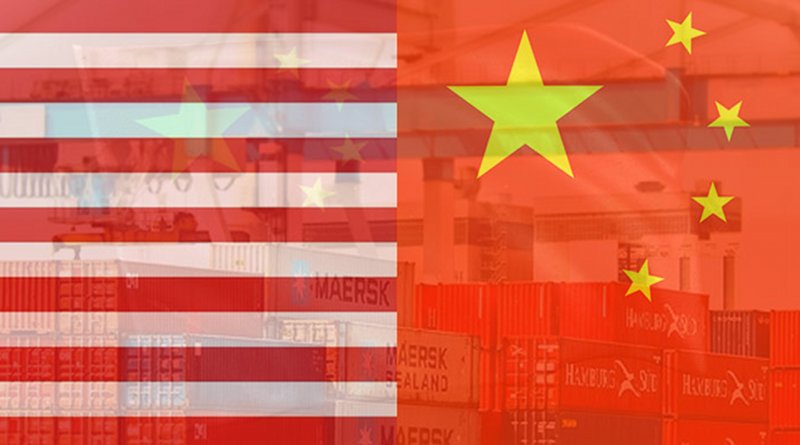Technological Superiority At The Heart Of China-US Confrontation – OpEd
The US defense and technology sectors have become genuinely worried about Chinese significant strides in the technological sphere. Various reports have over the past couple of weeks stated that the Chinese military and technology sectors are close to achieving parity with the US.
One such report, published several days ago by the Center for New America Security, stated that China now “appears increasingly close to achieving technological parity with US operational systems and has a plan to achieve technological superiority.”
In a way, the current confrontation between the US and China fits into the biggest struggle in history: a battle between sea and land peoples. China is more of a continental power than a sea one, while the US is clearly an oceanic country. The US, like its historical predecessors, be they ancient Greeks, medieval Venetian merchants, or British and French seafarers in the 19th century, has so far successfully managed to limit Eurasian powers from rising to a prime position in the major world continent.
But with China it is different. One simple example suffices to state a surprising development. Since about 1885, the United States has not had to face a competitor or even a group of competitors with a combined Gross Domestic Product (GDP) larger than its own. China surpassed the United States in purchasing power parity in 2014 and is on track to have the world’s largest GDP in absolute terms by 2030. In comparison, America’s Cold War adversary, the Soviet Union, was bogged down by a truly unsustainable economic system that ultimately crumbled under pressure in the 1980s. At the height of the Soviet power, its GDP was roughly 40% the size of the United States’.
As said, a guarantee to win the Cold War was the US’ technological and economic preeminence. This is still at the heart of today’s global competition. Both Washington and Beijing understand that bilateral trade issues are in fact disguised by a deeper rivalry which opens up in the technology and innovation sector.
It has always been the case that sea powers possessed much fewer human resources, but attenuated this problem with much larger technological advances in comparison with continental powers. What is worrying for the US, and this constitutes a fundamental shift in global history, is China’s ability as a land power not only to confront the Americans with a larger population pool, but also with a highly competitive technological sector.
Several moves made by the Chinese government in the past week show China’s massive technological prowess. According to state media, Beijing is allegedly creating a system to protect its technology. Exactly what this system is, is not clear, but it was suggested that the system will build a strong firewall to strengthen the nation’s ability to innovate and to accelerate the development of key technologies.
The Chinese also announced that they, like the Americans are considering restricting export of Chinese technologies abroad, primarily to the US. This follows similar US moves to restrict sales to Huawei Technologies and other Chinese tech firms on national security grounds.
Thus, there are major concerns as to how the US would be able to offset the Chinese geopolitical challenge. There has always been a simple understanding in the US ruling circles, and among strategists, that it is America’s technological edge which gives it fundamental superiority. If this is no longer the case, then the very foundation of the US grand strategy is at stake. US general Paul J. Selva, Vice Chairman of the Joint Chiefs of Staff, has warned that the Chinese military could reach technological parity with the United States in the early 2020s and outpace the Pentagon in the 2030s, if the US military doesn’t respond to the challenge.
The course is set for future global instability, where the Americans will be more worried and the Chinese more assertive in pursuing their goals. This does not necessarily mean that a military confrontation would ensue, but it is highly likely that both states might end up investing billions, if not trillions, to develop future technologies.
This article was published at Georgia Today

